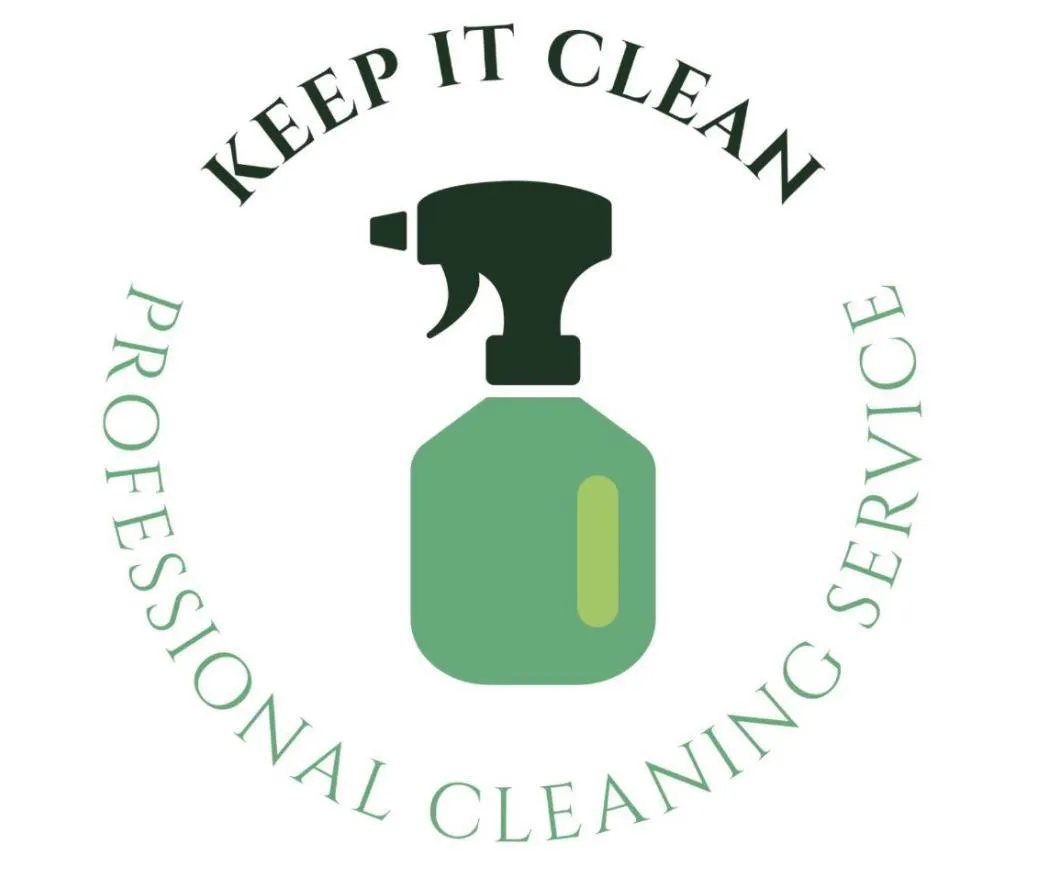10 Best Ways to Kick the Life out of Common Household Stains
Written by Aliya Chavis

Stains are an inevitable part of daily life, but fear not – armed with the right knowledge, you can conquer even the most stubborn blemishes. In this blog, we're delving into the science of stain removal, offering practical tips and tricks for tackling common household stains on various surfaces. Say goodbye to frustration and hello to spotless success!
1. Understanding Stains: The Chemistry Behind the Mark
Before we jump into the removal process, it's crucial to understand the science behind stains. Stains occur when molecules in substances like coffee, wine, or grease bind with fibers or surfaces, creating visible marks. Effective stain removal involves breaking these molecular bonds.
2. Quick Action is Key: Blot, Don't Rub!
Whether it's a spill on the carpet or a stain on your favorite shirt, quick action is crucial. Blot the stain with a clean cloth or paper towel instead of rubbing, which can spread the stain and damage the fabric or surface.
3. Coffee and Tea Stains: The Breakfast Battle
Example: Coffee on a White Shirt
Blot excess coffee with a paper towel.
Mix equal parts white vinegar and water and dab the stain.
Wash the garment as usual.
4. Red Wine Resilience: Tackling Wine Stains with Precision
Example: Red Wine on Carpet
Blot the wine stain immediately with a clean cloth.
Sprinkle salt on the stain to absorb excess wine.
Create a paste with baking soda and water, apply, and let it dry. Vacuum the residue.
5. Grease and Oil Marks: Breaking Down the Culprits
Example: Cooking Oil on Upholstery
Absorb excess oil with a paper towel.
Apply cornstarch or baking soda to the stain, let it sit, then vacuum.
Use a mixture of dish soap and water to gently clean the area.
6. Berry Blues: Winning the Battle Against Berry Stains
Example: Blueberry Stains on Clothing
Rinse the stain with cold water from the back of the fabric.
Apply a mixture of white vinegar and dish soap, then wash the garment.
7. Ink Stains: Unleashing the Power of Alcohol
Example: Pen Ink on a Couch
Dab the stain with rubbing alcohol using a clean cloth.
Blot until the ink transfers to the cloth.
Clean the area with a mixture of water and mild soap.
8. Grass Stains: Nature's Mark on Clothing
Example: Grass Stains on Jeans
Pre-treat the stain with a mixture of white vinegar and baking soda.
Launder the jeans as usual.
9. Chocolate Challenge: Removing Sweet Stains
Example: Melted Chocolate on a Rug
Scrape off excess chocolate with a blunt knife.
Mix dish soap with warm water and blot the stain.
Rinse with water and pat dry.
10. Bloodstain Battle: Cold Water is Your Ally
Example: Bloodstains on Bedding
Rinse the stain with cold water.
Pre-treat with a mixture of salt and cold water.
Wash the bedding in cold water.
Conclusion:
With these stain removal strategies, you can face common household stains with confidence. Remember, the key is acting swiftly and using the right techniques for each type of stain. Embrace the science of stain removal, and say hello to a spotlessly clean home!



